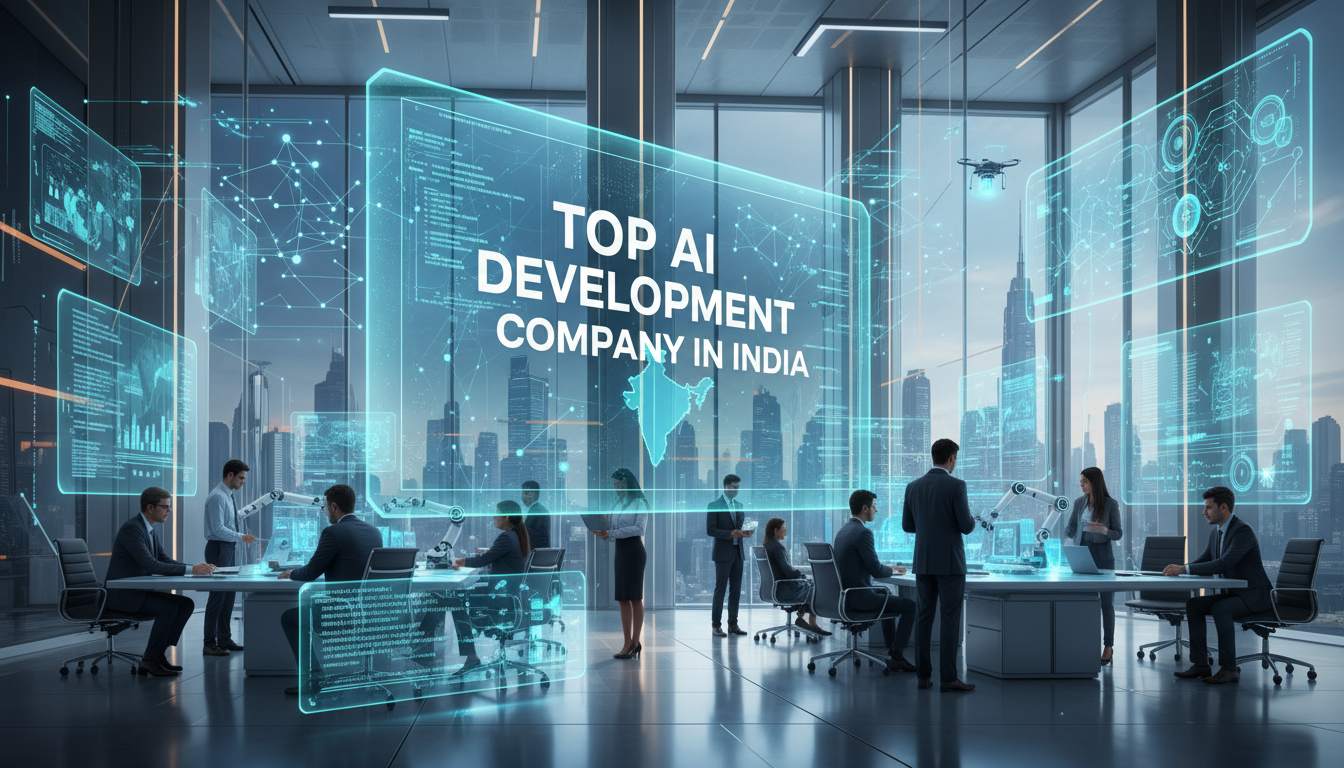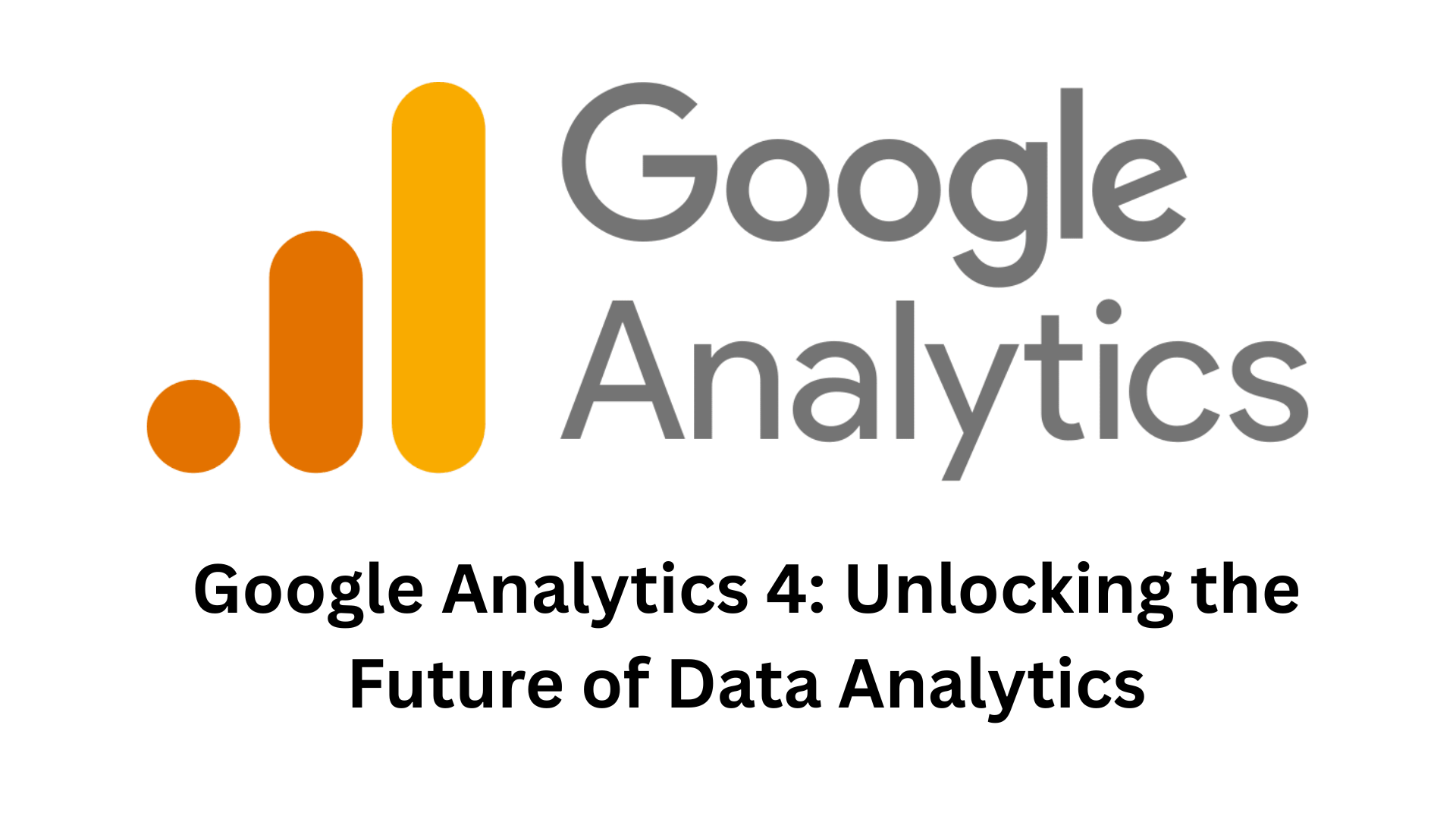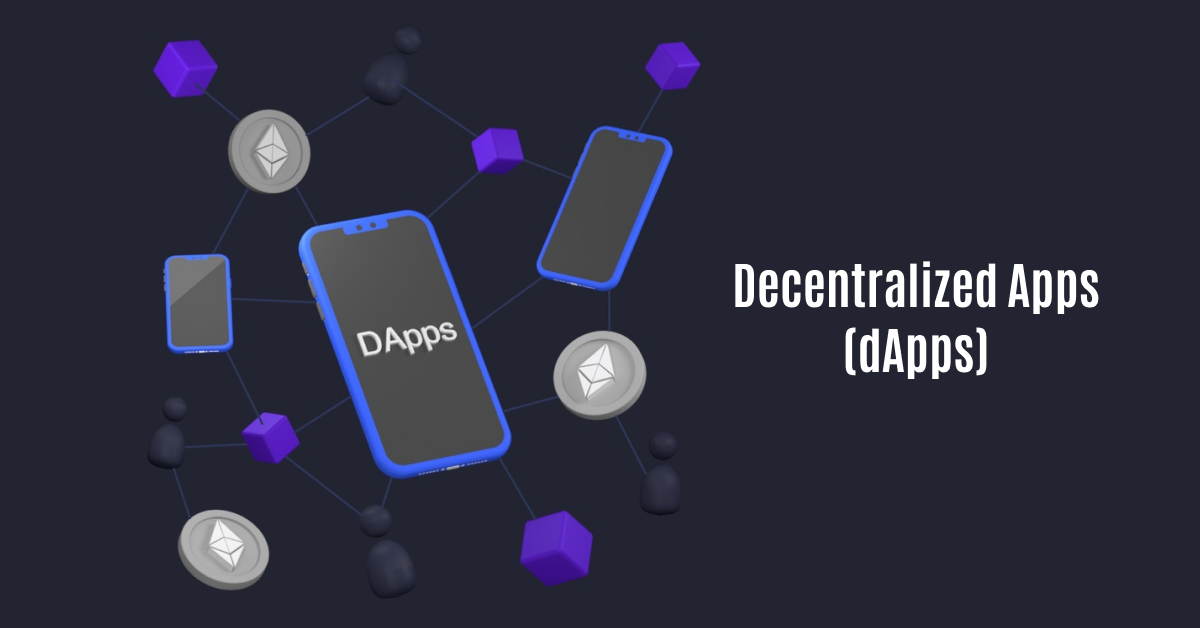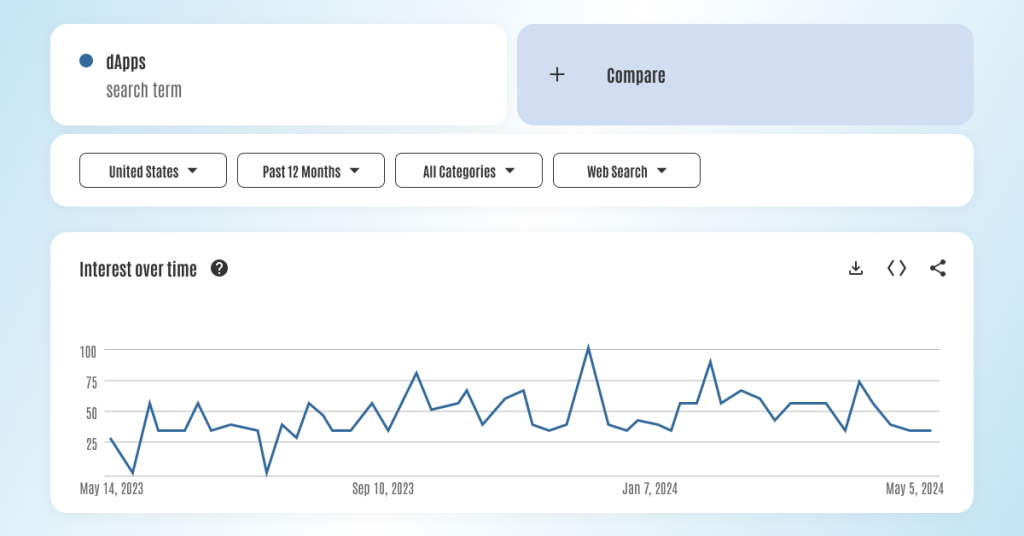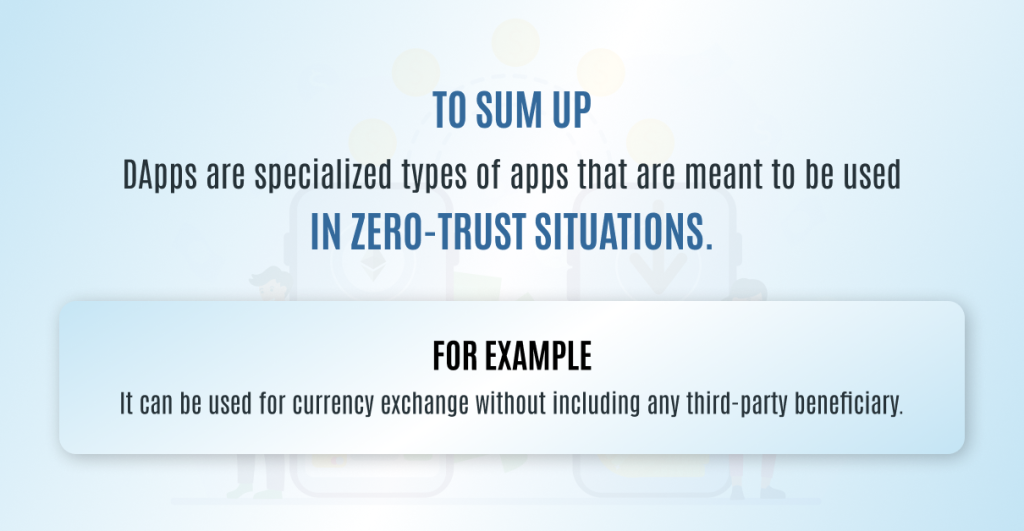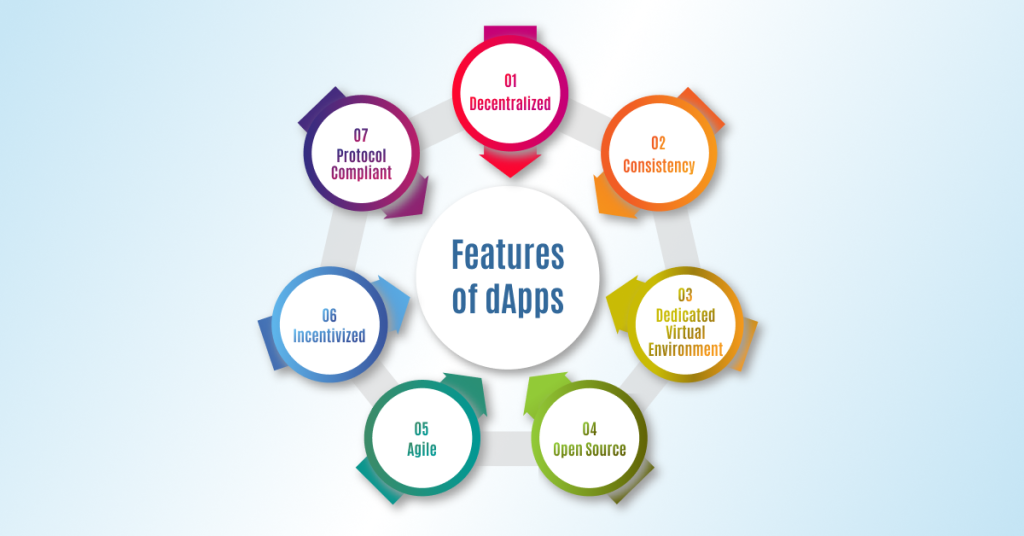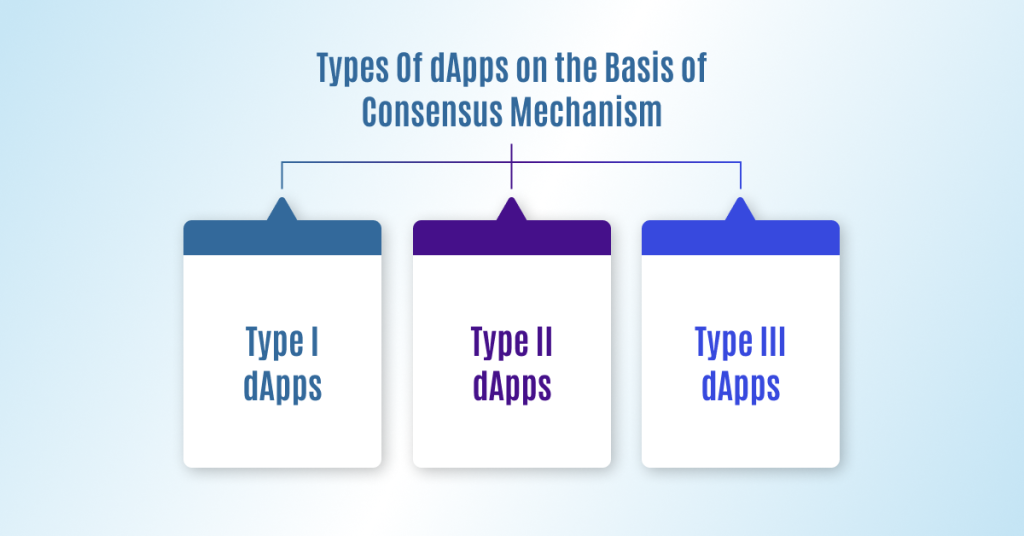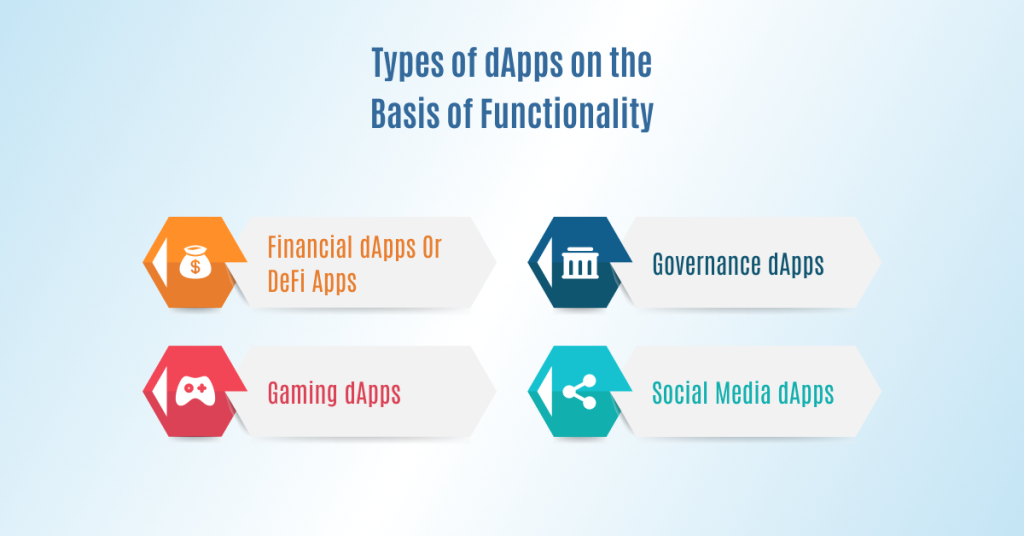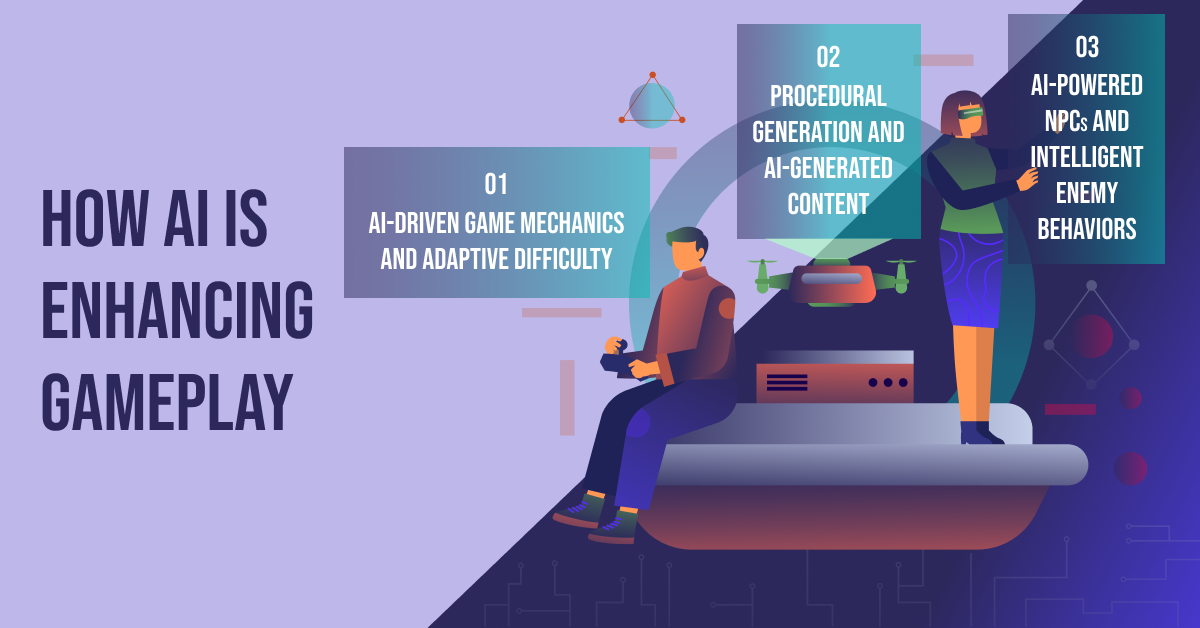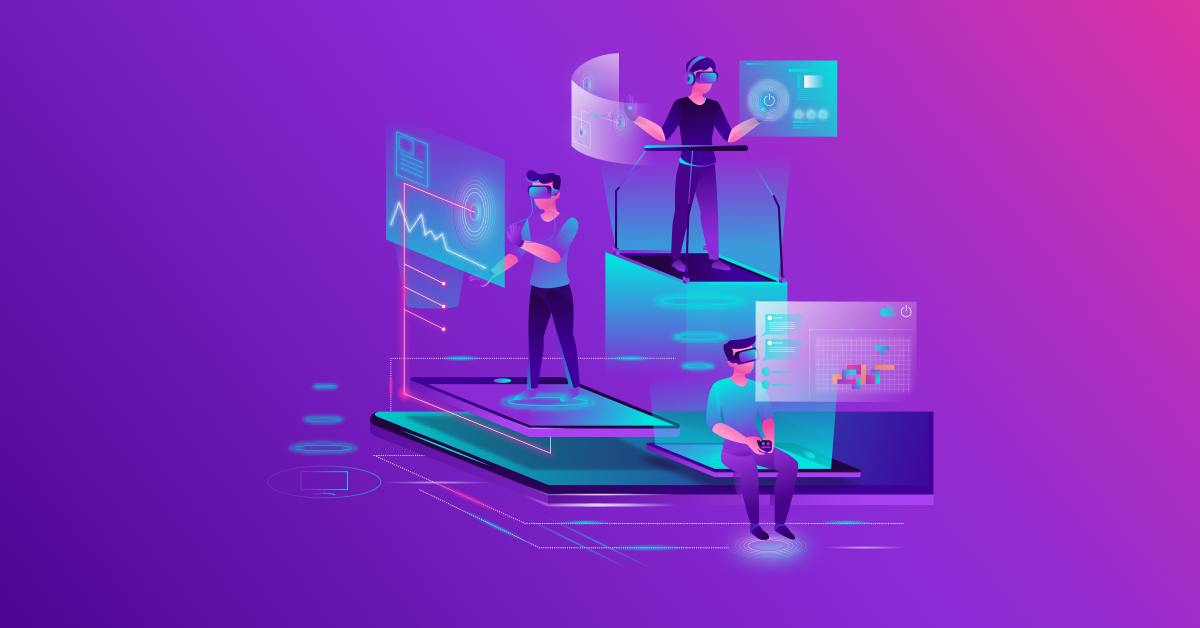Introduction: India at the Forefront of the AI Revolution
Artificial Intelligence (AI) is no longer a futuristic concept—it’s the present driving force behind every successful business transformation. From automating processes and predicting trends to enhancing customer experiences and decision-making, AI has become a catalyst for digital innovation across industries. As enterprises in India and beyond embrace this technological shift, the demand for reliable, scalable, and intelligent AI solutions is skyrocketing.
Amid this digital evolution, Deftsoft has emerged as a Best AI Development Company in India, empowering organisations with advanced AI-driven products, intelligent automation, and machine learning capabilities. With years of technical expertise, a strong innovation culture, and a client-first approach, Deftsoft continues to redefine how businesses leverage Artificial Intelligence for sustainable growth.
Why Businesses Need the Best AI Development Company in India
Choosing the right AI Development Company in India can be a turning point for businesses aiming to build smart, data-driven ecosystems. India has rapidly become a global hub for AI development due to its pool of skilled engineers, cost efficiency, and innovative mindset.
However, the difference between success and stagnation lies in selecting the Best AI Development Company — one that not only understands algorithms but also grasps the business goals, industry nuances, and future scalability requirements.
This is where Deftsoft stands out.
With its comprehensive AI Development Services in India, Deftsoft blends deep domain knowledge, cutting-edge technology, and creativity to design AI solutions that solve real-world challenges.
Deftsoft: The Top AI Development Company in India
Deftsoft is not just a name—it’s a brand synonymous with innovation and trust in the AI development landscape. Recognized among the Best AI Development Companies in India, Deftsoft has built a legacy of delivering intelligent solutions tailored for startups, enterprises, and global brands.
The company’s AI experts specialize in developing customized solutions using machine learning, natural language processing (NLP), computer vision, predictive analytics, and generative AI models.
Key Highlights That Make Deftsoft a Leading AI Development Company in India
- Proven Expertise: Years of experience in building and deploying AI-powered solutions across industries such as healthcare, fintech, retail, logistics, real estate, and education.
- End-to-End Services: From concept ideation to post-deployment support, Deftsoft offers complete AI Development Services in India under one roof.
- Data-Driven Approach: The company’s AI models are powered by data accuracy, ensuring smarter predictions and insights for clients.
- Ethical AI Development: Deftsoft ensures transparency, fairness, and privacy compliance in every AI model it builds.
- Agile Delivery Model: Fast prototyping, iterative testing, and quick deployment ensure faster time-to-market.
Whether it’s AI chatbots development, predictive analytics tools development, image recognition systems development, or generative AI applications development, Deftsoft’s expertise is what makes it the Top AI Development Company in India, trusted by global businesses.
Comprehensive AI Development Services by Deftsoft

When you search for Top AI Development Services in India, Deftsoft consistently stands among the leaders because of its holistic and customizable service portfolio. Here’s an overview of the company’s core offerings:
1. AI Consulting and Strategy
Every successful AI transformation starts with a strong strategy. Deftsoft’s consulting experts work closely with clients to identify potential use cases, assess data readiness, and design a roadmap for AI adoption. Through data audits, feasibility studies, and ROI mapping, Deftsoft ensures your organisation gets the most out of its AI investment.
2. Machine Learning Solutions
Machine learning forms the backbone of modern AI systems. Deftsoft’s ML engineers develop and train models that can learn from data, detect patterns, and make intelligent predictions. From recommendation engines to anomaly detection, the company helps businesses harness machine learning for automation and insights.
3. Natural Language Processing (NLP)
Communication is key, and NLP makes it intelligent. Deftsoft builds smart chatbots, sentiment analysis tools, and voice assistants using advanced language models that understand and respond to human language naturally.
4. Computer Vision and Image Recognition
Deftsoft’s computer vision solutions help businesses process and interpret visual data. From facial recognition to quality inspection and object detection, the company leverages deep learning to create powerful visual AI tools.
5. Predictive Analytics
With predictive analytics, organisations can stay one step ahead. Deftsoft designs data models that forecast customer behavior, sales trends, and market risks, enabling smarter business decisions.
6. Generative AI and AI Agents
As a Best AI Agents Development Company in India, Deftsoft excels in creating generative AI tools and autonomous agents capable of performing complex tasks, producing content, and optimizing workflows. These intelligent AI agents integrate seamlessly into existing systems to enhance productivity and customer experience.
7. Custom AI Software Development
Not every business fits into a one-size-fits-all solution. Deftsoft provides custom AI software development tailored to the unique needs of each business. This personalisation ensures the solutions align perfectly with client goals and operational challenges.
What Makes Deftsoft One of the Best AI Development Companies in India
Deftsoft’s consistent recognition as one of the Top AI Software Development Companies in India is a result of its commitment to excellence, innovation, and measurable results.
Here’s what sets it apart from other AI developing companies in India:
- Client-Centric Philosophy: Every project is treated as a partnership, where the focus is on solving the client’s biggest challenges through innovation.
- Strong R&D Culture: Deftsoft invests heavily in research and emerging technologies like deep learning, reinforcement learning, and generative AI.
- Scalable Solutions: From startups to large enterprises, Deftsoft’s AI systems are designed to grow with the client’s business.
- Cross-Industry Expertise: The team’s experience across multiple domains enables quick understanding and seamless execution of AI solutions for any industry.
- Continuous Learning: The company stays ahead of trends by constantly upgrading its tools, frameworks, and methodologies.
AI Development in India: The Competitive Edge
India’s AI ecosystem is growing faster than ever. With government-backed initiatives, a vast talent pool, and a booming tech industry, it’s no surprise that global businesses look to India for AI partnerships.
Being a Top AI Development Company in India, Deftsoft utilises this ecosystem to its advantage- combining technical innovation with a deep understanding of global market dynamics. The company’s AI engineers are adept at transforming raw data into actionable intelligence that fuels innovation and profitability.
Moreover, Deftsoft’s competitive pricing, flexible engagement models, and proven success stories make it one of the Best AI Development Companies in India for both domestic and international clients.
AI That Drives Real Business Value
While many AI development companies in India focus on building models, Deftsoft focuses on delivering measurable outcomes. The company’s AI solutions don’t just automate processes—they redefine how businesses operate, make decisions, and connect with customers.
For instance:
- Retailers use Deftsoft’s AI systems to personalise recommendations.
- Fintech firms rely on Deftsoft’s machine learning models for fraud detection.
- Healthcare providers adopt Deftsoft’s predictive analytics to improve patient outcomes.
- Real estate companies leverage AI-powered insights for smarter investments.
Each solution is a step toward digital transformation, and that’s why Deftsoft is widely recognised as the Best AI Development Company in India for performance-driven innovation.
Cutting-Edge Technologies Behind Deftsoft’s AI Development Services
Deftsoft’s excellence as one of the Top AI Software Development Companies in India stems from its ability to combine human creativity with the latest technological advancements.
Key Technologies and Tools Used:
- Machine Learning Frameworks: TensorFlow, PyTorch, Keras, Scikit-learn
- NLP and Generative AI Models: ChatGPT, BERT, LLaMA, and custom LLMs
- Computer Vision Tools: OpenCV, YOLO, and Mediapipe
- Data Processing Platforms: Apache Spark, Pandas, Hadoop
- Cloud AI Platforms: AWS SageMaker, Google AI Platform, Azure AI
- Programming Languages: Python, R, Java, and C++
By leveraging these cutting-edge tools, Deftsoft’s engineers deliver solutions that are intelligent, efficient, and future-ready.
Industries Transformed by Deftsoft’s AI Development Services in India
AI’s impact isn’t limited to a single sector—it’s revolutionising every industry. As a Best AI Development Company, Deftsoft has helped numerous organisations reimagine operations, enhance efficiency, and improve customer engagement.
1. Healthcare
Deftsoft’s AI models enable hospitals and clinics to predict patient outcomes, automate diagnostics, and streamline administrative workflows.
2. Fintech
AI algorithms developed by Deftsoft help financial institutions detect fraud, assess credit risk, and personalise financial products.
3. Retail and eCommerce
With predictive analytics, inventory management tools, and recommendation engines, Deftsoft empowers retailers to create hyper-personalised shopping experiences.
4. Real Estate
From property valuation and demand forecasting to AI chatbots that engage homebuyers 24/7, Deftsoft delivers tailored AI solutions for real estate businesses.
5. Logistics and Supply Chain
Through route optimization, predictive maintenance, and automation, Deftsoft’s AI tools reduce operational costs and improve delivery timelines.
6. Education
AI-driven learning platforms developed by Deftsoft personalise student experiences, enabling institutions to offer smarter, data-backed education.
Across these sectors, Deftsoft continues to stand out among AI development companies in India by offering measurable impact and innovative solutions.
Why Deftsoft is the Best AI Agents Development Company in India
AI agents are the next big step in enterprise automation. From virtual assistants and customer service bots to autonomous workflow agents, these tools are reshaping how organisations operate.
Deftsoft, as the best AI agents development company in India, specialises in creating autonomous agents powered by generative AI and LLMs (Large Language Models). These agents can:
- Perform multi-step tasks automatically
- Understand and respond in natural language
- Interact with APIs, CRMs, and databases
- Optimise business workflows in real-time
This capability allows businesses to offload repetitive tasks and focus on strategic decisions, unlocking efficiency and innovation.
Deftsoft’s Commitment to Ethical and Responsible AI
As a Top AI Development Company in India, Deftsoft is deeply committed to building ethical, transparent, and responsible AI systems. The company adheres to strict data governance policies, ensuring that every AI model:
- Maintains data privacy and security
- Avoids algorithmic bias
- Promotes fairness and accountability
- Complies with international AI ethics standards
This trust-first approach is one reason global enterprises prefer Deftsoft as their long-term AI technology partner.
Why Choose Deftsoft as Your AI Development Partner
Here’s why partnering with Deftsoft guarantees excellence:
- Unmatched Expertise: A team of certified AI engineers and data scientists.
- Tailored Solutions: Every AI model is customised to your business goals.
- Transparent Process: End-to-end visibility, from concept to deployment.
- Global Delivery Model: Serving clients across the US, UK, UAE, Australia, and India.
- Proven ROI: Every solution is designed to deliver measurable business outcomes.
- Comprehensive Services: From consulting and development to maintenance and support.
By combining these strengths, Deftsoft not only ranks among the Best AI Development Companies in India but also stands as a true innovation partner, driving business transformation through AI.
Final Thoughts: Partner with the Best AI Development Company in India
In today’s hyper-connected world, Artificial Intelligence is the backbone of business innovation. Whether it’s automating operations, enhancing customer experience, or unlocking data-driven decision-making, AI is the competitive edge every organisation needs.
Deftsoft, with its expertise, innovation, and dedication to excellence, continues to lead the way as the Top AI Development Company in India. Its cutting-edge solutions, ethical practices, and commitment to client success make it the preferred partner for enterprises seeking to harness the full potential of AI. So, if you’re ready to step into the future of intelligent business transformation, partner with Deftsoft—the Best AI Development Company in India, delivering the next generation of AI-powered growth.
FAQs
1. What makes Deftsoft the top AI development company in India?
Deftsoft stands out for its innovation, expertise, and tailored AI solutions that deliver measurable business impact across industries.
2. What AI services does Deftsoft offer?
Deftsoft provides end-to-end AI development services, including machine learning, NLP, computer vision, predictive analytics, and generative AI solutions.
3. Does Deftsoft develop custom AI software?
Yes, Deftsoft specialises in custom AI software development, designing intelligent systems aligned with each client’s specific goals and challenges.
4. Which industries does Deftsoft serve with AI solutions?
Deftsoft caters to healthcare, fintech, retail, logistics, education, and real estate sectors with scalable, data-driven AI innovations
5. Why choose Deftsoft as your AI development partner?
Deftsoft offers expertise, transparency, and proven ROI—making it the best AI development company in India for long-term business transformation.
